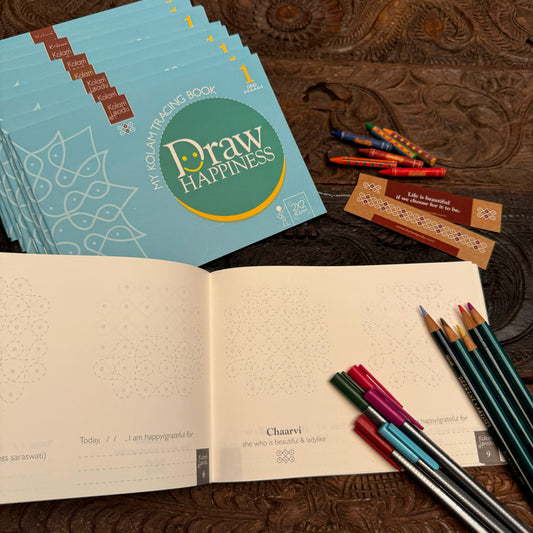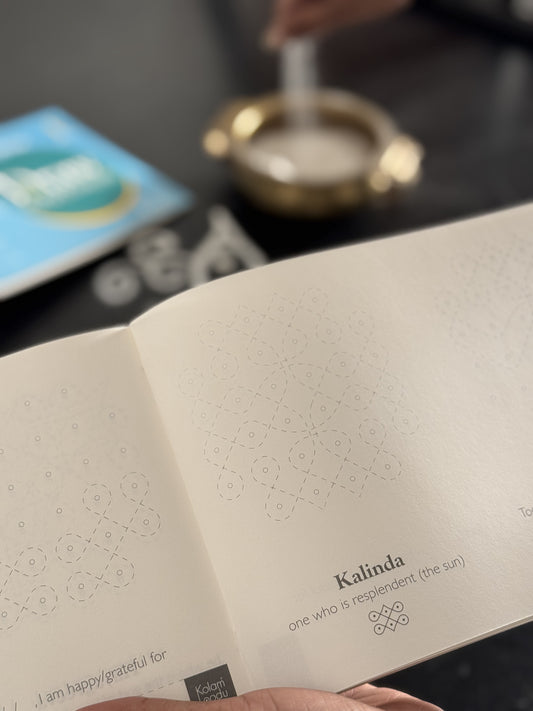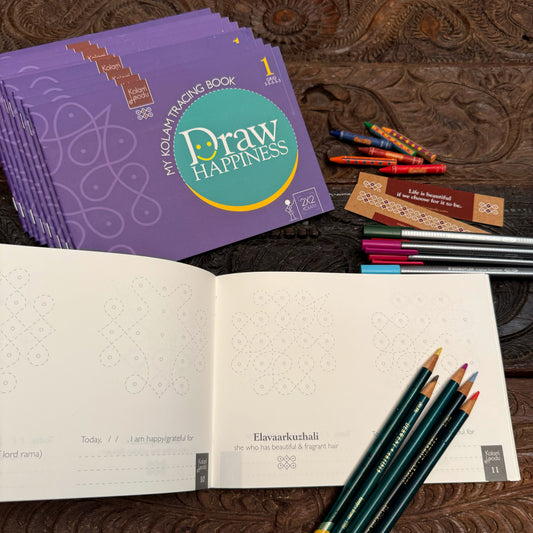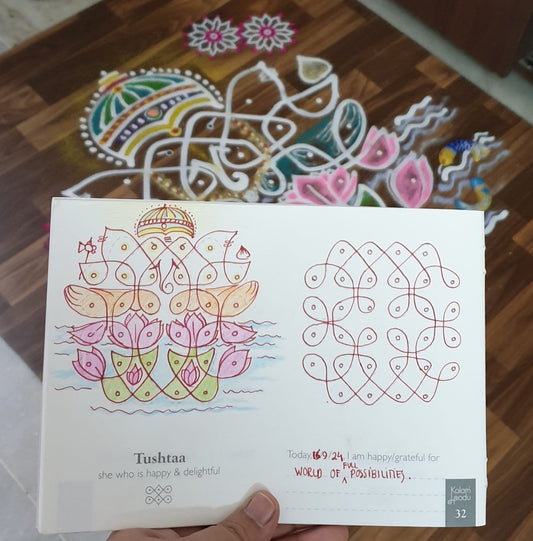Drawing kolam, a traditional art form, can promote self-reflection and self-awareness through its mindful practice, emotional expression, and symbolic representation. This creative activity fosters relaxation and stress reduction, creating an ideal environment for introspection. Kolam encourages personal growth, goal setting, and feedback-driven improvement, leading to a deeper understanding of one's thoughts, emotions, and behaviors. By engaging in this reflective practice, individuals can enhance their self-awareness and embark on a journey of self-discovery and personal growth.
Self-reflection and self-awareness involve the ability to introspect and gain insight into one's thoughts, feelings, and behaviors. These cognitive processes are associated with the medial prefrontal cortex (mPFC), a region of the brain involved in social cognition, introspection, and understanding one's own mental states.
Drawing kolam can impact self-reflection and self-awareness in several ways:
- Mindful Practice: Creating kolam designs often requires focused attention and concentration. Engaging in this meditative activity can lead to a state of mindfulness, where individuals become fully present in the moment. Mindfulness practices have been shown to enhance self-awareness and emotional intelligence.
- Emotional Expression: Drawing kolam can serve as a form of creative expression. Through the artistic process, individuals may subconsciously express their emotions and inner thoughts, leading to increased self-awareness and insight into their feelings.
- Symbolic Representation: Kolam designs sometimes carry symbolic meanings and cultural significance. As individuals create and interpret these patterns, they may gain insights into their own values, beliefs, and cultural identity, fostering self-reflection.
- Relaxation and Stress Reduction: Drawing kolam can be a calming and soothing activity. Reduced stress and relaxation can create a conducive environment for self-reflection, as individuals may find it easier to explore their thoughts and emotions when they are in a more balanced and relaxed state.
- Personal Growth: Engaging in a creative process like drawing kolam can encourage personal growth and self-discovery. As individuals experiment with different designs and colors, they may gain a deeper understanding of their preferences, strengths, and areas for improvement.
- Goal Setting: When planning and executing kolam designs, individuals set goals and work towards achieving them. This process of setting intentions and following through can enhance self-awareness and motivation.
- Feedback and Improvement: Drawing kolam allows individuals to see their progress and improvement over time. The act of seeking feedback and making adjustments to their designs can promote self-awareness and openness to constructive criticism.
Overall, drawing kolam can serve as a reflective and introspective practice. By engaging in this artistic activity, individuals may gain valuable insights into their thoughts, emotions, and behaviors, leading to enhanced self-awareness and personal growth.
Kolam in Tamil Nadu is muggulu in Andhra Pradesh and Telangana, rangoli in Maharashtra, hase and rangavali in Karnataka, alopana in Bengal, to name a few.
Life is beautiful if we choose for it to be. Let’s draw happiness!







